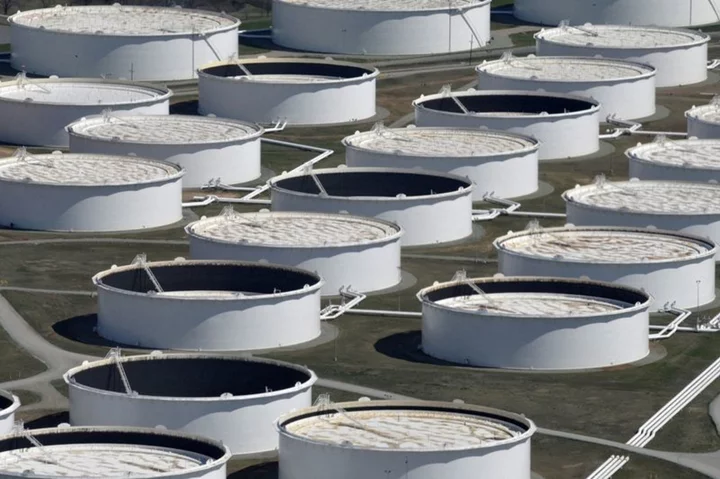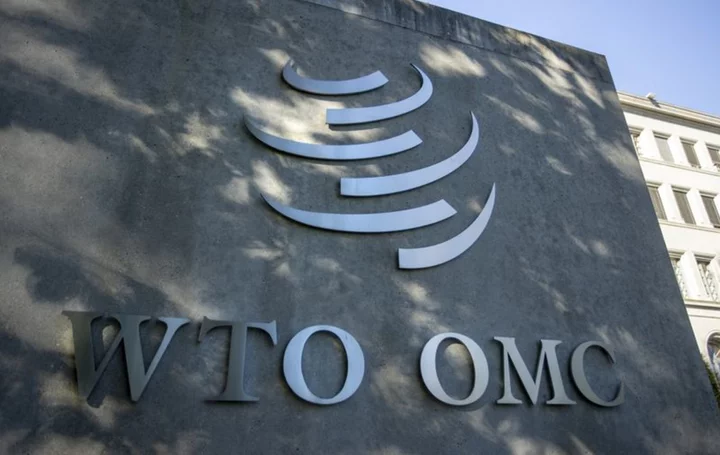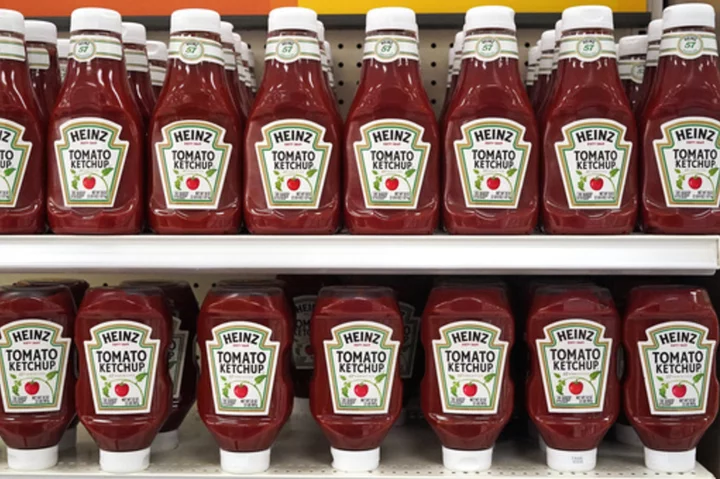By Trixie Yap
SINGAPORE (Reuters) -Oil prices fell for a third day on Wednesday, dragged down by a larger-than-expected crude and gasoline stockbuild in the U.S. and easing supply concerns.
Brent futures declined by 30 cents, or 0.35%, to $85.52 a barrel at 0405 GMT, while U.S. West Texas Intermediate crude slipped 42 cents, or 0.50%, to $83.07 a barrel.
Both benchmarks have given back most early-week gains after falling more than 2% in the previous session.
U.S. crude oil stockpiles swelled by about 12.9 million barrels, according to market sources citing American Petroleum Institute figures on Wednesday. [API/S]
This was much higher than the 500,000-barrel gain expected by analysts in a Reuters poll.
"Unlikely to help sentiment this morning are API inventory numbers...Lower refinery run rates due to maintenance likely contributed to this build," said ING analysts in a client note.
Gasoline inventories also rose by 3.6 million barrels, the data showed, a stark contrast from the 800,000-barrel drop expected by analysts and continued to stoke worries of slowing fuel demand in the U.S.
"Fuel prices may be closer to consumers' pain threshold than inflation-adjusted prices might suggest. There are already signs that consumers have responded by cutting back on fuel consumption," JP Morgan analysts said in a client note.
"In PADD 5, of which California is the biggest consumer, we estimate gasoline demand dropped 100,000 barrels per day between June and September, to a seven-month low of 1.46 million barrels per day," they added.
Markets will be awaiting further inventory data cues from the U.S. Energy Information Administration (EIA) due later in the day at 1500 GMT.
Elsewhere, market concerns on the supply situation in the Middle East continued to ease, putting downside pressure on prices.
"Crude oil extended losses on signs the impact of the Israel-Hamas war on the oil market will be limited," ANZ analysts said in a client note.
ING analysts also said: "The risk premium continues to erode with the conflict largely contained to Israel and Hamas."
Expectations by the U.S. EIA of global oil inventories falling further in the second half of 2023, however, limited price weakness.
The lower inventories, which are forecast to keep global oil supply below consumption, are likely to boost oil prices, the EIA said in a monthly report.
(Reporting by Trixie YapEditing by Shri Navaratnam)









